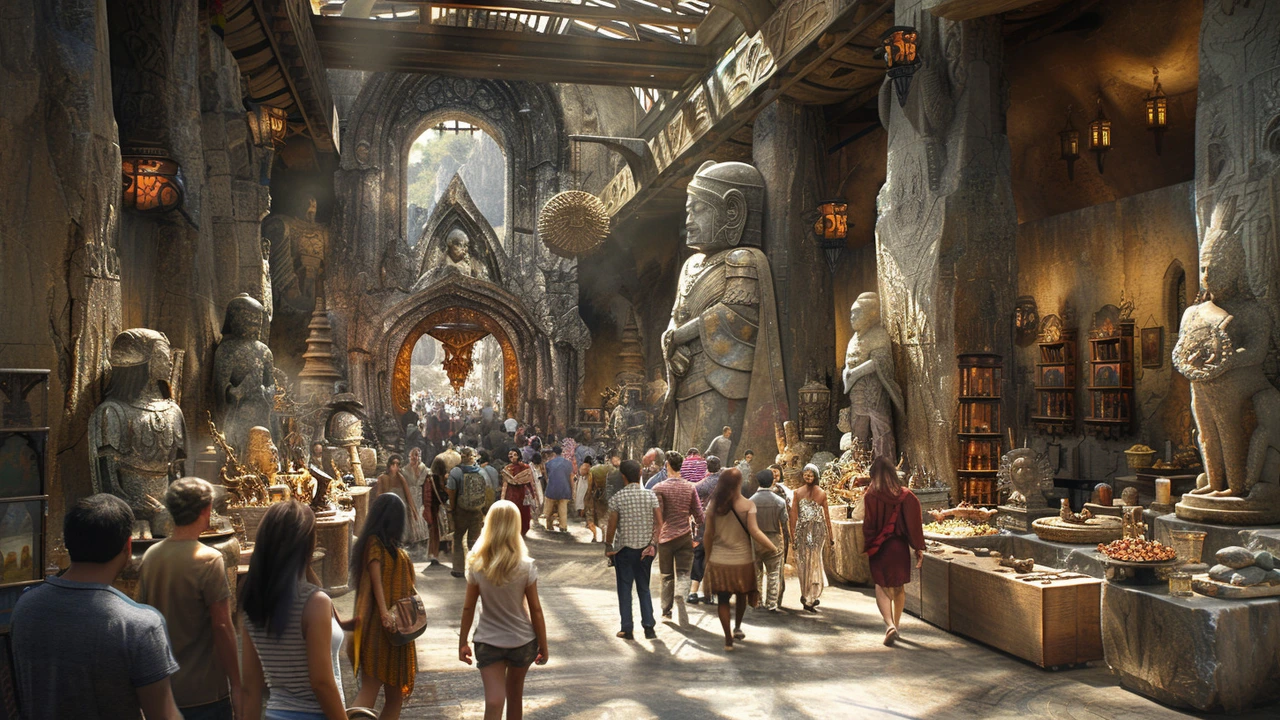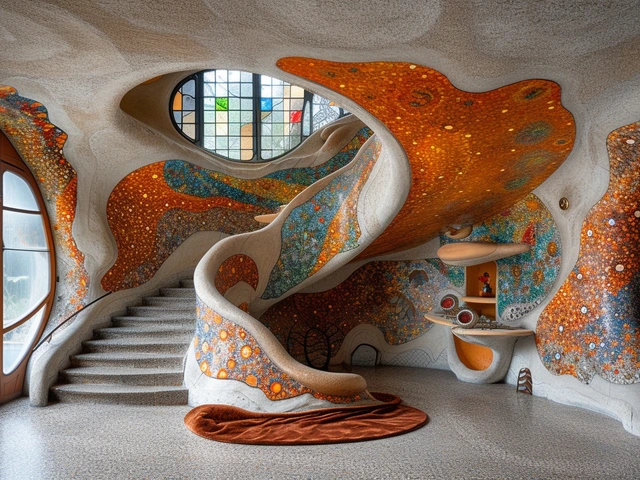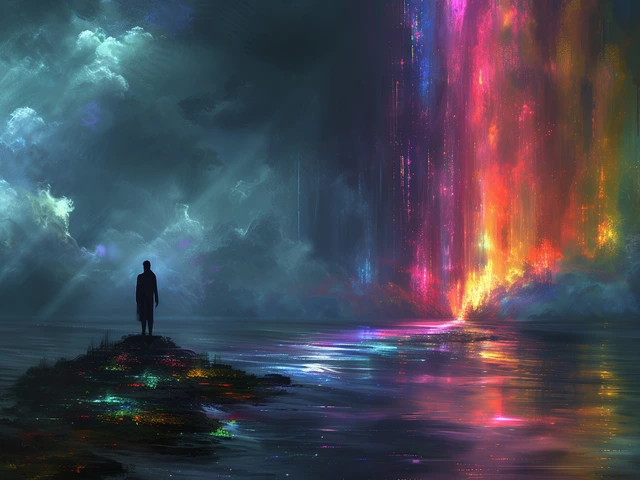Unraveling the Web of Gothic Art
In the innermost recesses of my heart, I've always held a peculiar fascination for the magnificent yet eerie beauty of Gothic art. Pulling back the curtains on the macabre, it's an art that explores life, death, and everything bewitching in between. Just last night, Amanda and I were cozily curled up with our Siamese cat, Bella, gliding our fingers across a gothic artwork’s precision-cut print. We couldn’t help but marvel at the raw potency and intense romantic overtones masterfully carved into the elegant arches, gargoyles, and imposing figures.
Calling Forth the Spirits of Medieval Times
Gothic Art rose to prominence between the 12th and 16th centuries, a revolutionary phase that flagged the departure from the prevailing Romanesque culture. With gothic art, aesthetics took a profound leap, punctuating the era with an indelible stamp. The art excitedly embraced tallness and light, turning them into its greatest allies. Monumental buildings soared to unprecedented heights and stained glass windows, allowing sunlight to illuminate their intricately designed interiors, became the order of the day.
Studying Gothic Art is like a rendezvous with the past. Its architectural genius - stand in the shadow of Notre Dame de Chartres Cathedral or beneath the jaw-dropping arches of the Abbey church of Saint-Denis, and you'll feel coils of admiration spiraling up your spine. These awe-inspiring edifices echoing primeval opulence make you wonder about their architects' meticulous craftsmanship. Such grandeur, coupled with a mix of dread and fascination, is where the charm of Gothic Art lies.
The Dark Charades and The Daemon's Gaze
An invocation to the macabre, Gothic Art is a compelling dance of darkness, reaching into the heart of the human psyche to unmask our deepest fears. The artists would skillfully employ stark, taut lines and shocking images to evoke feelings of unease, forecasting the narrative's menacing turn. The perpetually gloomy, shadow-filled ambience, punctuated by unusual ghostly figures, is an iconic gothic art staple.
One element that particularly piques my interest is the daemons' gaze in many gothic artworks. Ever noticed how they always seem to stare directly at you, sending a shiver down your spine and often leaving you in a cold sweat? I like to think the artists intentionally directed these petrifying stares toward the observer as a grim reminder of the tantalizingly fine line between life and death.
Sublime Horror - A Window to the Soul
A discussion about Gothic Art would be incomplete without mentioning the wildly popular literary genre that it birthed - Gothic Horror. It is deeply linked with the Romantic literary movement, which was as much an artistic, literary, musical, and intellectual rebellion as it was a way of thinking. This new school of thought wrestled control from the fading grip of the Enlightenment thinkers, preaching the beauty of individual emotions and the virtues of nature.
Gothic Horror explores the dark side of these emotions. Filled with scenes of grotesque morbidity, monstrosity, and madness, these tales are designed to shake you to your core, leaving you shivering in dimly-lit rooms long after the story has ended. I must confess, there's an inexplicable allure to curling up with an intriguing Gothic novel on a stormy night - the wind howling outside, rain pounding against the window pane, and Bella ominously peeking from the shadows.
Embracing Gothic Art in the 21st Century
Fast forward to this contemporary era, and Gothic Art holds an enduring appeal that has trickled into various subcultures, leaving an indelible mark. You might have seen the influence in moody black attires, elaborate corsets, dark cosmetics, or classic punk motifs. Even modern films and TV series, notably Tim Burton's creations or 'The Addams Family,' borrow significantly from this art form's visual style, often inviting their audiences into an unconventional and eerie universe.
Today, the essence of Gothic Art lies not just in churches or museums; you'll find it seeping into everyday life. In fact, right in our Sydney home, Amanda and I have a cherished collection of Gothic fairy figurines. I love finding Bella curled up next to these, her blue eyes gleaming in curious delight. It's a strange yet beautiful dance of the ancient and the contemporary, a testament to the ageless fascination humans share towards the macabre.
In a world sedated with perfectly curated aesthetics, Gothic Art jolts us out of our slumber, challenging our perspectives, teasing our deepest fears, and connecting us to emotions we dare not confront. It is a beautifully haunting journey that we must embark on, as it allows us to explore the inherent chaos and beauty of the human condition. Whether you are an appreciator of art, a lover of intrigue, or simply a curious observer – Gothic Art, with all its grim romanticism, invites you to embrace the dance of darkness.



